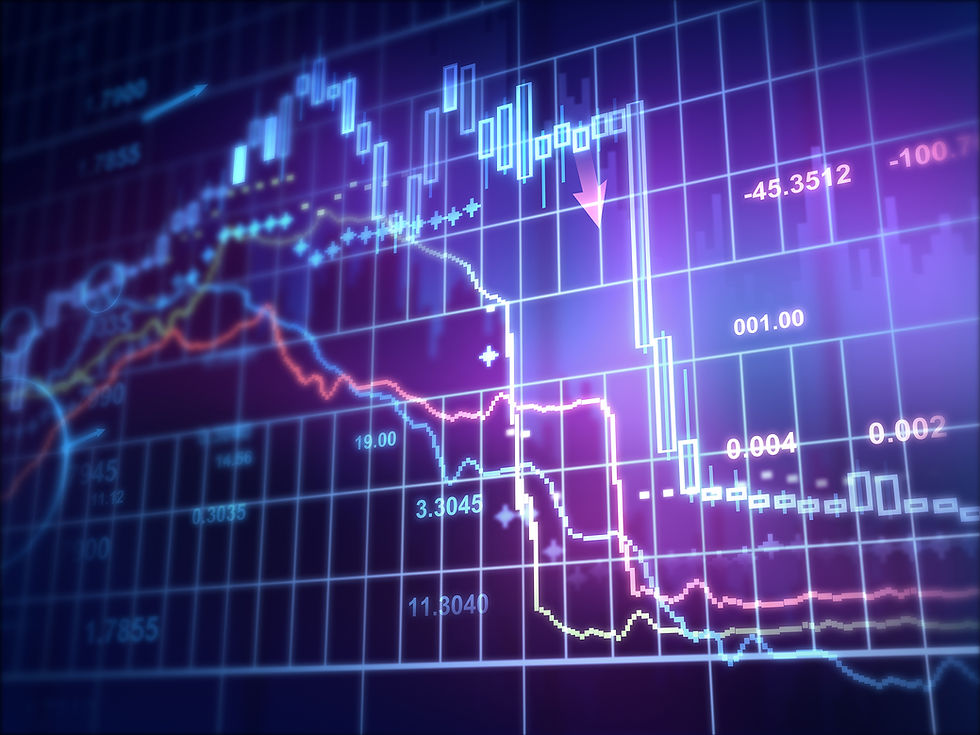5 key questions to ask before investing in any company

It is possible to identify early warning signals whether or not a company will be a good investment.
In the past few years, there have been a number of high-profile business failures and bond default cases for companies like Hyflux, California Fitness, Noble, and Ezion.
This highlights the importance of investors having a thorough understanding and analysis of the risks involved before investing, to avoid suffering losses.
In order to determine if a company will be a good investment, an investor should consider the risks of investing in the company.
In any investment, an investor faces two major categories of risks, namely: product risk and credit risk.
Product risk is the risk that arises from product features, for example: Perpetual Capital Securities having no maturity date, meaning investors are not guaranteed to earn back the face value of their investment when selling the security to another investor in the secondary market.
Credit risk is the risk of losing money in a transaction or an investment when a company goes bankrupt, has no integrity (i.e: is out to cheat customers) or suffers a dip in credit quality, causing the value of the transaction to decline sharply.
Credit risk does not just exist in financial investments, such as bonds and shares; in fact, we face credit risk in most of our daily transactions, such as buying an airline ticket - we risk losing our money if the flight is for some reason cancelled or suspended due to the company facing financial difficulties.
Credit risk analysis considers probability of a company continuing to operate sustainably, i.e: whether it is able to continue meeting its obligations to customers, staff, suppliers, lenders and shareholders.
To do so, we look at factors such as sources of cashflow, business risk and capital structure to provide an understanding of the company’s ability to operate on a sustainable basis.
Between product risk and credit risk, credit risk is far by the greatest risk, but it is often ignored by investors in their eagerness to pursue higher yield.
It is possible to use the company’s Balance Sheet, Income Statement and Cashflow statement to better understand its business performance, risk exposure, and identify early warning signals whether or not the company will be a good investment.
To evaluate the credit quality of a company, an investor should ask the following 5 questions:
#1: Do the people in management have good character and experience?
Do they have integrity and competency?
#2: How's the company doing in its industry?
What are its strengths, weaknesses, opportunities and threats? What is its cost structure, cyclicality, and substitution risk?
#3: Is the business model sustainable?
How does the firm generate cash and profits? What are its business risks, and how does the company mitigate or address these risks?
#4: What's the past performance?
Has the company been profitable over the past few years ? What are the key drivers of its financial performance?
#5: Does the company have enough cash on hand?
Cash is King - liquidity is key for any company, whether it profitable or loss-making. Does the company manage its cashflows and liquidity well? Can it pay its staff salaries, suppliers and loans repayments on time to avoid being sued?
Liked this article? Jyu Lan will be going in-depth on how to do proper credit risk analysis in the SGX course Essentials of Credit Risk Analysis. Find out more and sign up here.
SGX is also holding a free 1-hour session of the course, which you can sign up for here.
About the author
Yew Jyu Lan, CFA, has almost 25 years of banking experience in asset and liability management, distressed debt management and restructuring, and corporate and real estate lending. She was previously a senior director with United Overseas Bank and holds three Masters degrees in Real Estate, Applied Economics, and Finance (MBA).





